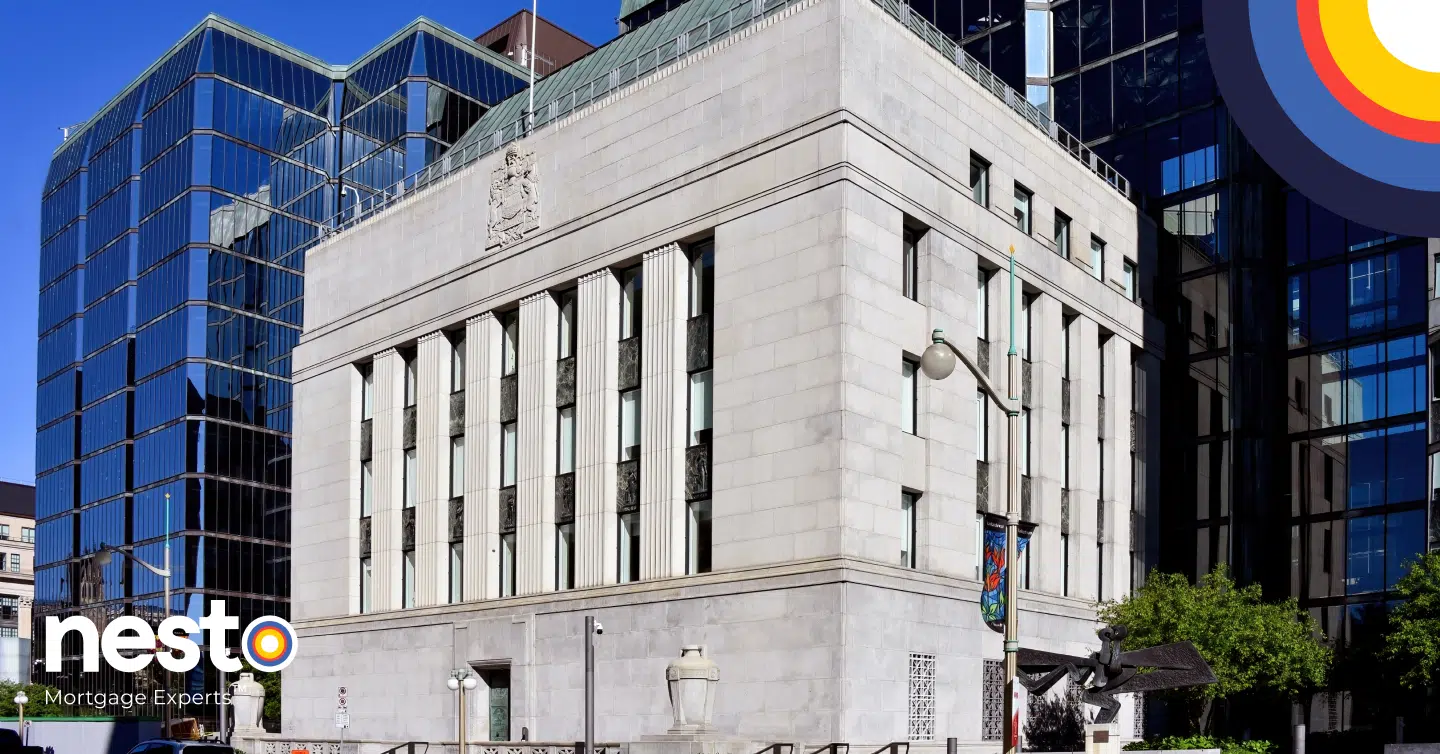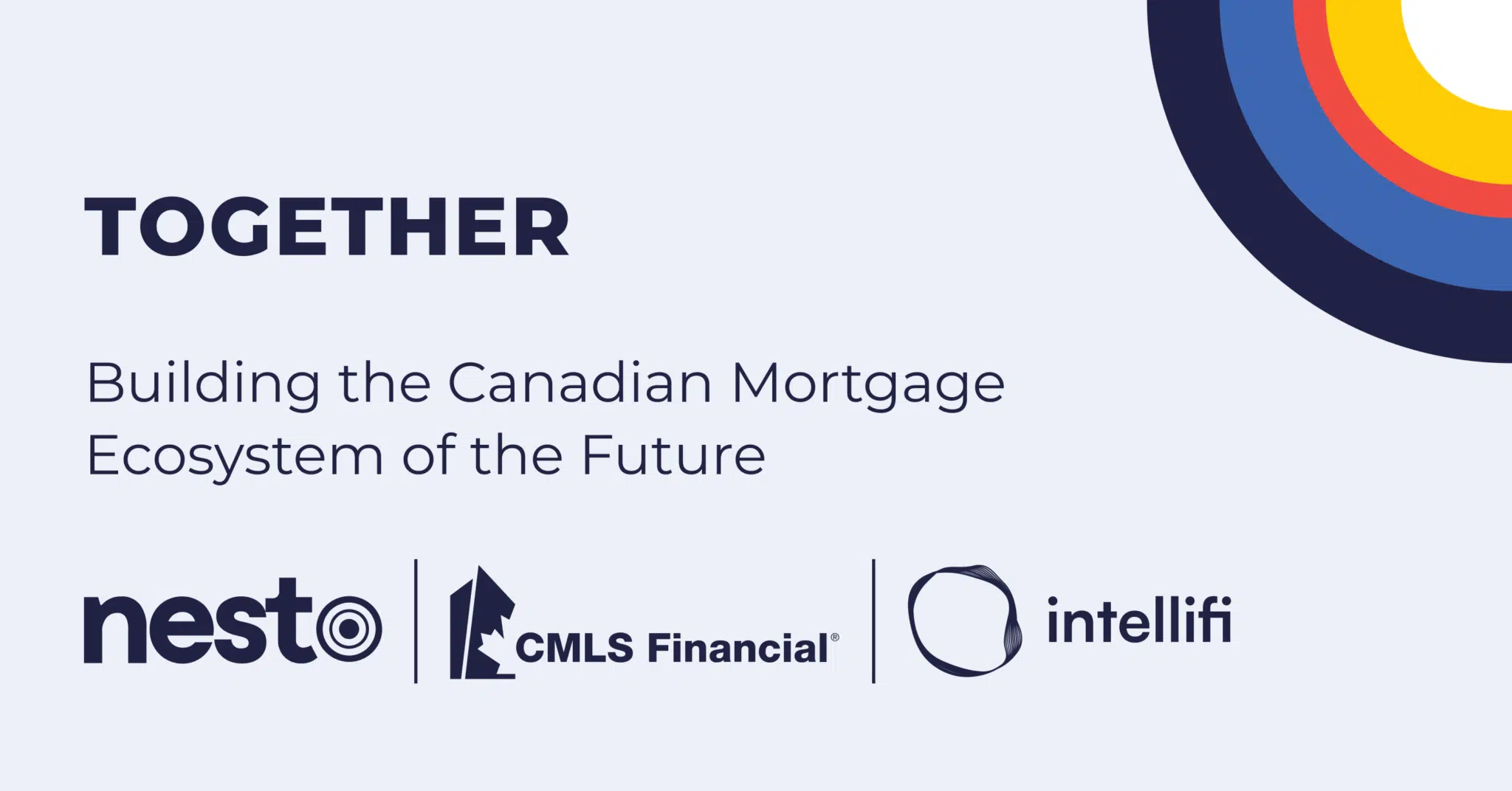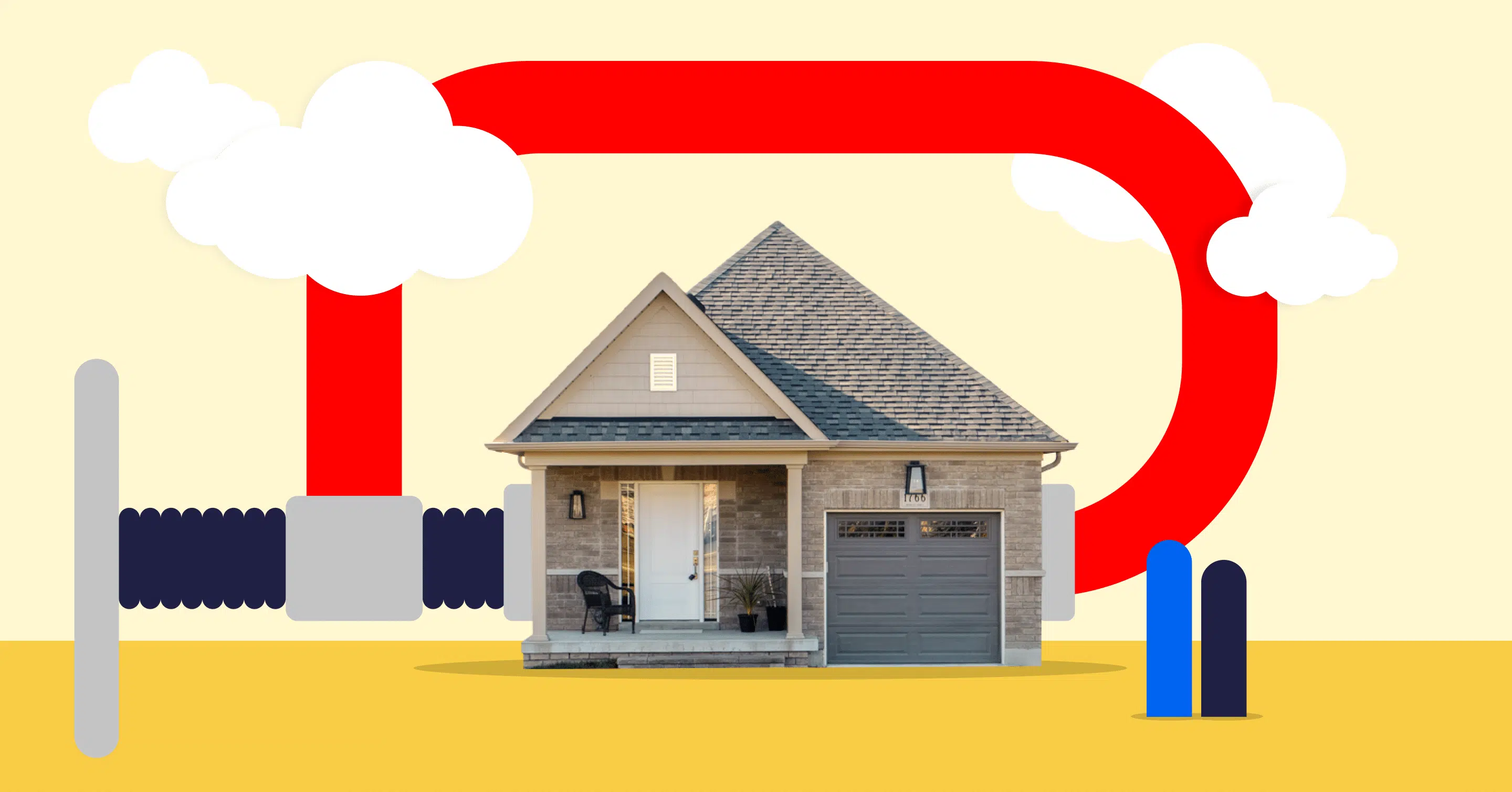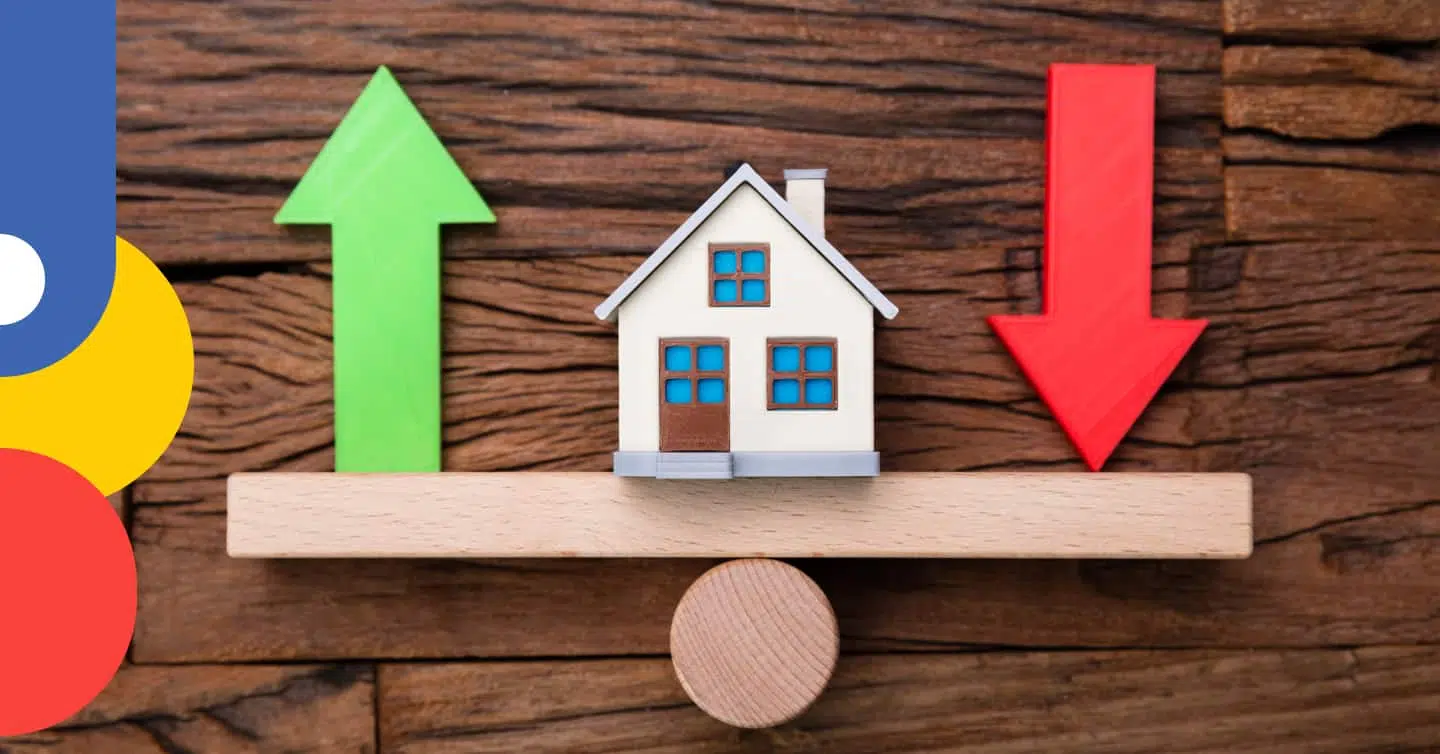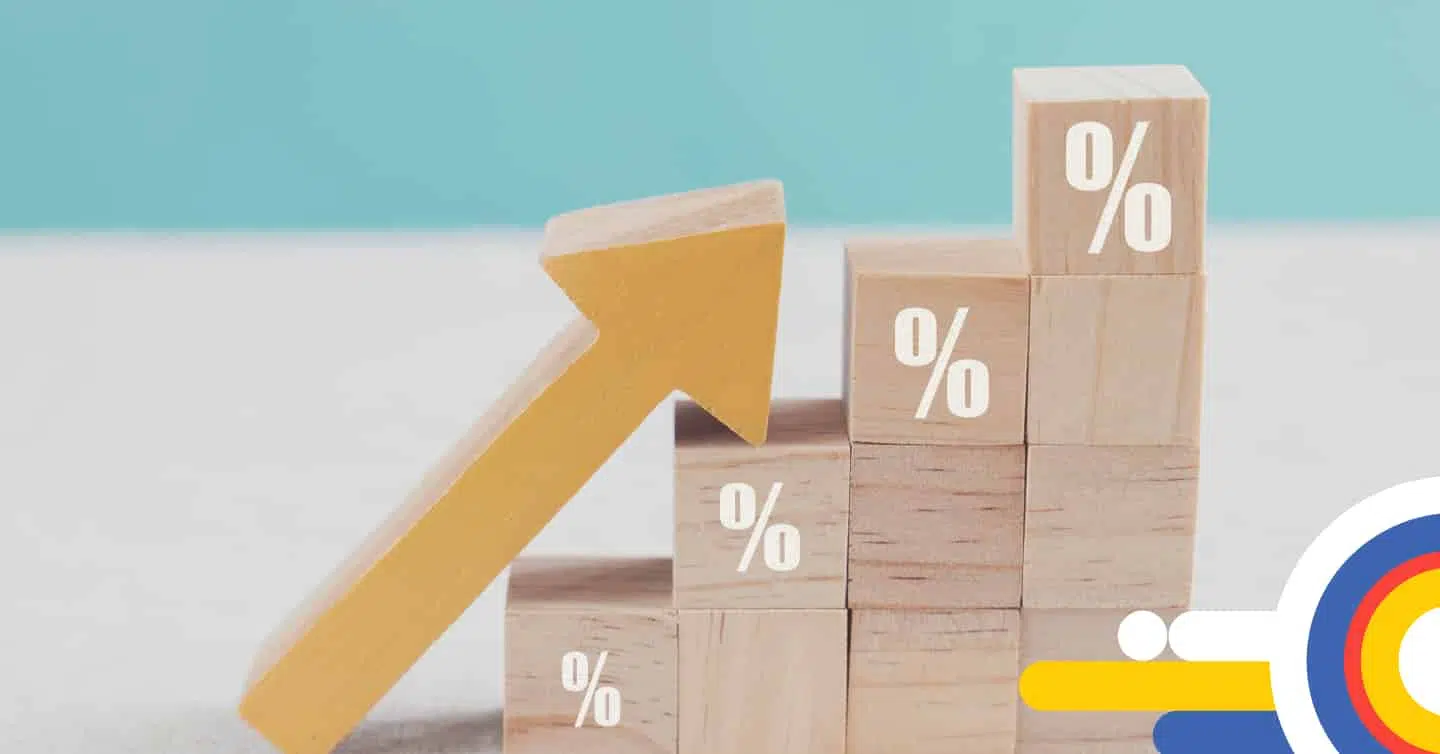How to Save Money on Your Mortgage in 2025

Table of contents
Saving money on a mortgage can seem close to impossible, but there are several strategies that, when used together, can help you reduce the total cost of ownership and save you money.
These strategies include shopping around for the best interest rates and features on your mortgage, opting for a shorter mortgage term, increasing payment frequency, and leveraging refinancing options.
While each strategy may have some downsides, they can all lead to significant savings when employed together. Let’s get you started on those savings today!
Key Takeaways
- Shopping around for the best interest rate can result in significant savings over time.
- Making lump sum payments towards your principal can help reduce interest-carrying costs.
- Refinancing could result in substantial savings, but you must weigh the pros and cons.
Shop Around For The Best Mortgage Interest Rate
Shopping around for the best interest rate is one of the most important steps in reducing the total cost of a mortgage. Even a small difference in the interest rate you choose can result in large savings over time. Explore more lenders to increase your chances of finding lower rates.
Some lenders have special offers available that could help you save considerably. To get better rates, consider looking at what online lenders offer versus brick-and-mortar banks.
Consider A 3-Year Fixed Rate Vs. A 5-Year Fixed Rate Mortgage
Opting for a shorter term is another great way to save money on a mortgage. Some lenders will have 3-year fixed rates priced lower than their 5-year fixed rates. It’s worth looking at what is happening in the economy to determine how long rates may stay where they are and if rates may decrease in the near future.
Locking into a shorter term now means the next time you come up for renewal, you may get a much better rate, which is especially true in the current market where rates are much higher than they were just a few years ago.
Depending on other factors, like how long you plan to stay home, you could save considerable money by opting for a shorter fixed-rate term. If you don’t see yourself staying in one place for longer than 3 years, going for the 3-year term could mean not having to pay hefty fees to break the mortgage term early when you sell.
Pay A Lump Sum Towards Your Principal
A lump sum payment towards your mortgage balance can also help you save on interest. This will reduce the amount of interest that is paid over the life of the loan, which is highly beneficial for borrowers.
Most lenders will allow up to 10%, 15% or 20% of the original mortgage amount per year without penalties. Taking advantage, even if you can only contribute a small amount of extra money each year, can significantly lower the interest-carrying costs when spread out over the life of the mortgage.
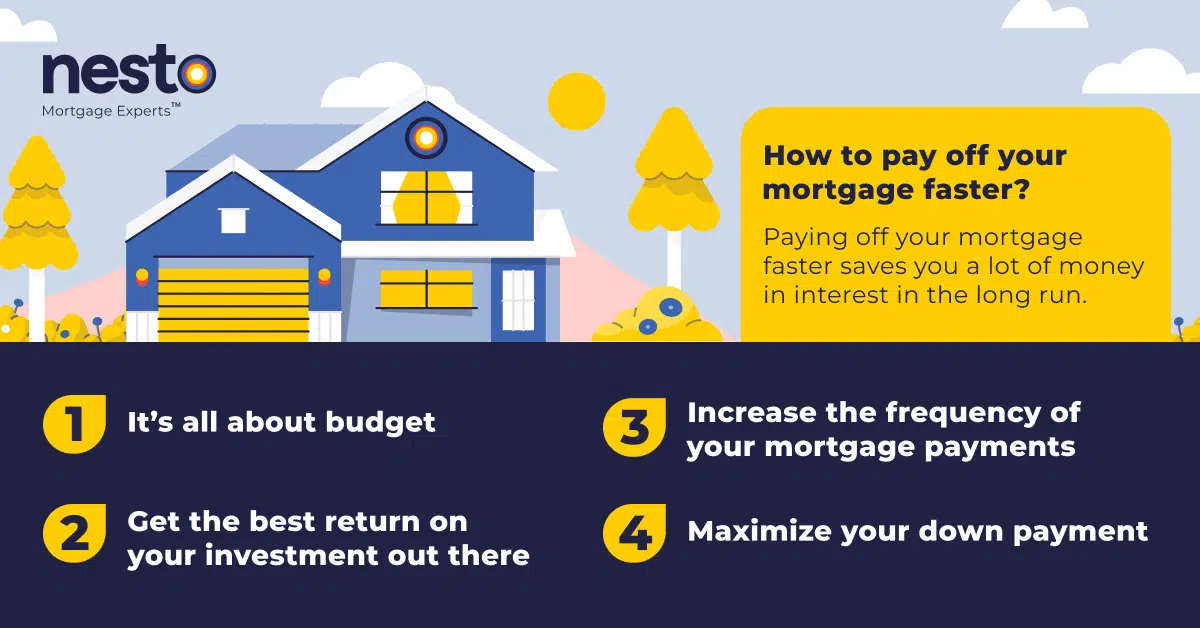
Save More On Your Mortgage With Accelerated Monthly Payments
Making more than a monthly mortgage payment can also help you reduce the total cost of ownership. By paying down the principal faster, you will reduce your loan’s amortization, paying it off sooner.
Many lenders offer bi-weekly, weekly, semi-monthly and monthly payment options. Additionally, some lenders offer accelerated payment options for borrowers who want to make more frequent payments. Accelerated payments are like adding a few extra mortgage payments over the year, which can help you save even more by reducing the amount of interest that accumulates over the life of your loan.
See If Refinancing Makes Sense
Refinancing may only make sense in some situations, so weigh the pros and cons. Start by considering any additional fees and costs associated with using this option before making a final decision. You should research current mortgage rates and the potential cost savings by refinancing now to determine if refinancing suits your situation.
There are two types of refinancing to consider:
Traditional Refinancing
Traditional refinancing is a process that typically involves breaking your current mortgage to get a new loan at a lower interest rate. Refinancing for a lower interest rate is a way to save money on the interest portion of your mortgage over the term.
Before refinancing, borrowers need to understand all applicable costs that may be necessary to refinance, most importantly, the discharge penalty if there is one.
Cash-out Refinancing
Cash-out refinancing, also known as an equity take out in Canada, is another option to consider when looking for savings on your mortgage. In this type of refinance, you would borrow more than you owe on your remaining mortgage and use the equity built in your home as collateral for the higher loan amount.
By refinancing for a higher loan amount and taking out the difference, borrowers can significantly improve their home by investing the money back into the home through renovations and upgrades or using the cash for other expenses without a separate higher-interest loan. You can also use this cash to pay off high-interest credit cards and save even more money.
Assess Your Tax Incentives For Savings
The federal and provincial governments have various tax incentives available, though some will be limited to first-time homebuyers or restricted to the province where you reside. By exploring what is available, you could save considerable money on some of the upfront costs of obtaining a mortgage or retrofits to make your home more energy-efficient.
Homeowners may be eligible for other tax incentives, such as the principal residence exemption, if the home sells for more than the original price. Typically, you would need to pay capital gains taxes on the profits you make when you sell. If the home you sell is your primary residence, you would be exempted from paying taxes on the capital gains when you sell your property, saving you money.
Frequently Asked Questions
What are some ways I can reduce the interest rate on my mortgage loan?
One of the best ways to reduce the interest rate on your mortgage is by shopping around for the best rates. Not only that, ensure the mortgage you are selecting not only has the best rate but also has the best features, such as flexible prepayment options. A flexible prepayment option will allow you to make smaller prepayments throughout the year instead of one lump sum restricted to your mortgage’s anniversary date.
Are there any tax incentives associated with taking out a mortgage loan?
Various grants and tax incentives are available through the federal and provincial governments. Some of these incentives will be restricted to first-time homebuyers or your province.
When it comes time to sell, if the home is your primary residence, you can also benefit from the principal residence exemption, saving the capital gains tax you normally pay.
Is it possible to use a portion of the equity in my home to pay for other expenses or projects?
Yes, it’s possible to use the equity in your home to pay for anything you like, such as home improvement projects or other debts.
Final Thoughts
By assessing your situation, you can save money in the long run and ensure you get the best deal possible on your mortgage. As a borrower, you must carefully research lenders and choose one with a solid reputation. You should also inquire about fees and other costs associated with these mortgage saving options, as these can add up quickly and eat into potential savings.
nesto offers some of the lowest rates with the most flexible mortgage features. Don’t limit your prepayment options to your anniversary date. Save time and money by speaking with our commission-free mortgage experts.
Ready to get started?
In just a few clicks, you can see our current rates. Then apply for your mortgage online in minutes!


